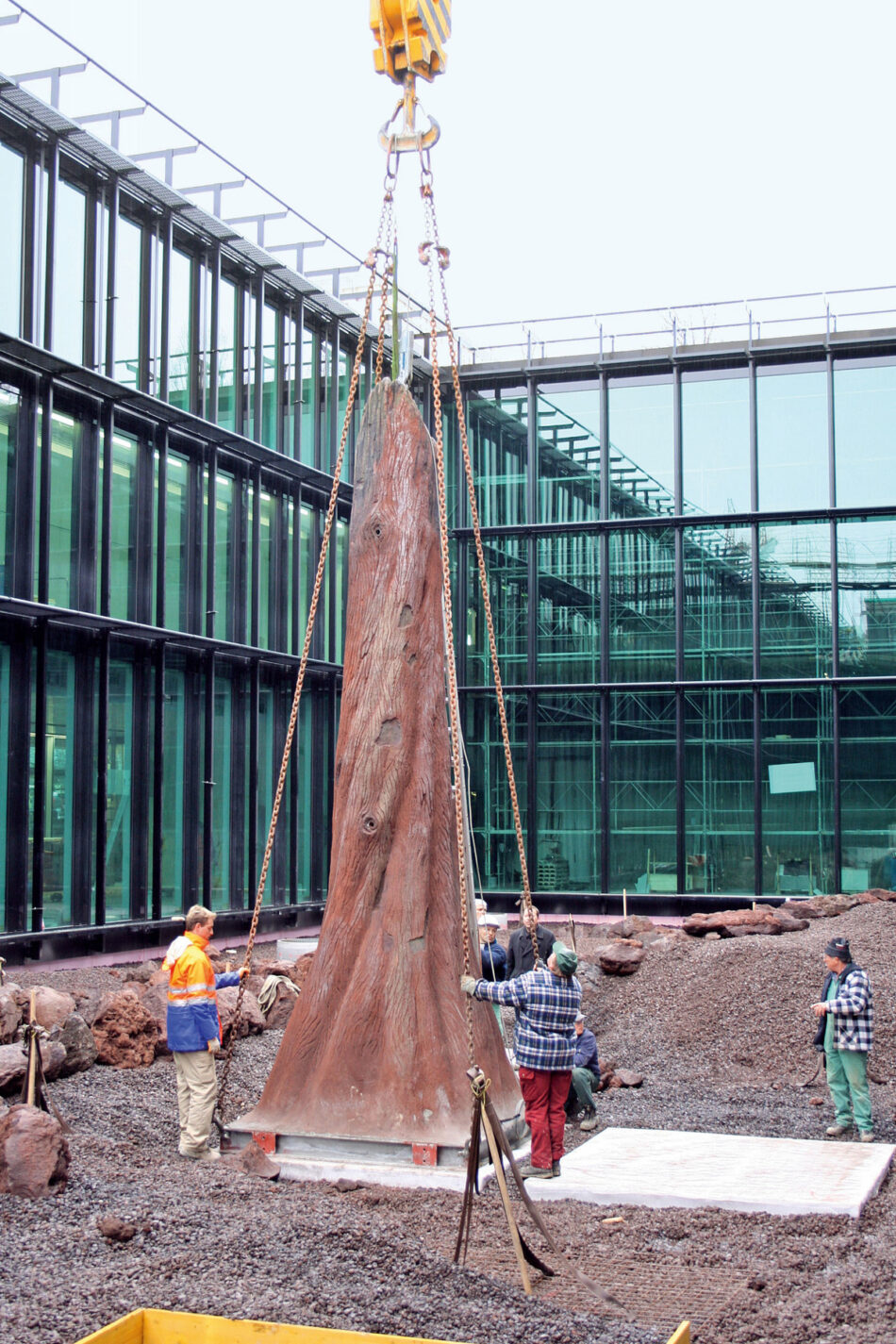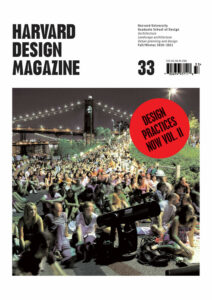Günther Vogt: Vogt Landscape Architects, Switzerland
A country of farmers who have successfully eluded all attempts of foreign monarchs to seize dominion over their small state, Switzerland has, unlike most other European countries, never known feudalism. The result has been twofold: Switzerland has a long tradition of direct democracy and lacks a tradition of landscape architecture, which, in European history, has always been a product of aristocratic society. Hence Switzerland is free of feudalistic spatial structures such as large manorial parks or broad boulevards. The Swiss landscape was formed largely by utilitarian needs rather than by aesthetic, social, or philosophical ideals: Farmland and forests dominated the countryside; marketplaces and streets were the only public spaces in the villages. As a result, landscape architecture in Switzerland is guided by the precepts of Modernism or minimalism rather than by romantic values.
An Un-Designed Landscape
Decentralization versus Urban Concentration
With this historical and political background, the Swiss have always been suspicious of centralized structures. Their landscape is a visual expression of this attitude: Human settlements permeate the countryside. Such patterns of scattered development have also become prevalent in the landscapes in-between and just outside of cities. Despite regional planning attempts towards centralized development, town and landscape intermingle. Terms such as Zersiedlung (meaning a landscape of proliferated housing) have entered the Swiss vocabulary. Confronted by these new patterns of development, the Swiss landscape architect is challenged to envision new forms and to reimagine identities for their cultural landscape.
Pragmatic Rules, Idealistic Design
The Swiss eschew rigorous rules and top-down decisions. Regional planning policies, building codes, and health and safety laws are based on common sense and personal responsibility and therefore are more lenient than in all adjacent countries. Unburdened by cumbersome restrictions or codes, uncommon or new ideas find fertile soil here. Bound together with a strong tradition of craftsmanship, flexible regulatory structures enable planners and architects to realize exceptional and innovative ideas on a high level of quality. Such productive relationships extend to those between client and landscape architect. The designer is implicitly trusted as the skilled professional, and the Swiss client is more often open to untested approaches.
To talk about money would be very un-Swiss, however it must be said that design work Switzerland is better paid than in many other countries. For the average Swiss landscape architect, the fees are substantially higher, the contracts contain more deliverables, and project evolution is longer than it is for the average American landscape architect.
The “Swiss Watch Phenomenon”
Swiss precision is not a myth, and it extends well beyond the watch industry. The Swiss construction industry operates likes a well-oiled machine: It is reliable and produces work of the highest quality on time. Faced with the necessity of traversing an Alpine landscape and lacking abundant raw materials for export, Switzerland quickly produced masters in engineering and craft. An education system that emphasizes both academics and practical apprenticeships emerged in tandem with such trends, churning out well-educated, professionally adept individuals.
Pragmatic building codes, reliable construction practices, and accommodating clients allow Swiss landscape architects to concentrate on their central task: design. The challenge for them is to confront sprawling patterns of development and give them an identity (a characteristic appearance, spatial form, and design) that they currently lack.

